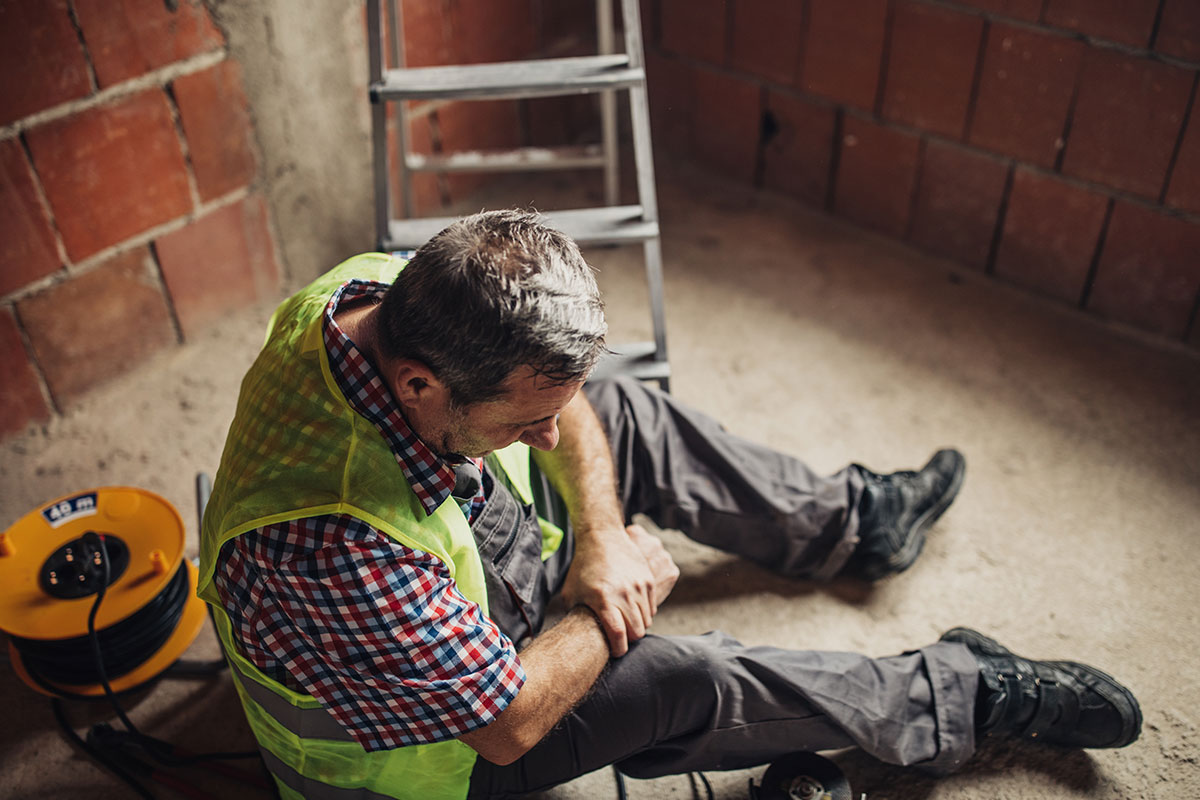You showed up for work expecting another long, physical day on a San Diego construction site. But a faulty scaffold gave way, sending you crashing to the ground, and just like that, your life changed. Between hospital visits, mounting bills, and time away from work, you’re left dealing with the aftermath and wondering: Who’s responsible for all this?
At Artemis Law Group, we know how devastating construction site accidents can be and how hard it is to get straight answers. If you’ve been injured, understanding the root cause of the site accident and who may be legally responsible is critical. In this article, we break down the top causes of construction site injuries in San Diego and who may be held liable.
Top Causes of Construction Site Accidents in San Diego
Construction sites are inherently dangerous, but many accidents are preventable. Below are some of the most common causes of injury:
Falls From Height
Falls are the leading cause of construction site injuries and fatalities. Whether from scaffolding, ladders, rooftops, or partially completed structures, working at heights poses serious risks, especially when proper fall protection isn’t used.
Struck by Falling Objects
On multi-level construction projects, materials, tools, and equipment are often stored or used above ground level. If not properly secured, they can fall and hit workers or bystanders below. Even with headgear, falling objects can cause severe head trauma or fatal injuries.
Electrocution
Workers in electrical or utility roles face elevated risks of electrocution. Contact with live wires, poorly insulated wiring, or faulty equipment can result in electrical burns, nerve damage, or cardiac arrest. Electrocution is often linked to improper lockout/tagout procedures.
Heavy Machinery Accidents
Although heavy machinery is essential on large job sites, it is also dangerous. Accidents due to cranes, bulldozers, forklifts, and other equipment can lead to crushing injuries. When these machines are operated by untrained workers, poorly maintained, or defective, it can put you at great risk.
Trench and Excavation Collapses
Excavation work is necessary for laying foundations, pipelines, or utilities. But without proper support systems or soil assessments, trenches can collapse without warning, burying workers beneath tons of soil. These accidents can lead to asphyxiation or spinal injuries.
Fires and Explosions
Construction zones often store flammable substances such as fuels, solvents, or gas-powered tools. A single spark caused by equipment, open flames, or faulty wiring can trigger an explosion or fire. These incidents due to construction site defects can cause severe burns, lung injuries, and property damage.
Hazardous Substance Exposure
Workers may come into contact with asbestos, toxic fumes, or harmful chemicals during demolition or material handling. Chronic exposure can result in long-term health conditions like respiratory disease, chemical burns, or even cancers such as mesothelioma.
Vehicle-Related Accidents
Construction vehicles moving through congested or poorly organized sites can pose a danger to workers on foot. Inadequate traffic control, blind spots, or driver error can lead to collisions, rollovers, or runovers, causing catastrophic injuries or fatalities.
Who Can Be Held Liable for Construction Site Accidents?
Determining liability in a construction site injury isn’t always straightforward. Multiple parties may share responsibility.
Employers and General Contractors
Your employer or the site’s general contractor has a legal duty to maintain a safe working environment. That includes complying with OSHA regulations, providing safety training, and maintaining safe equipment. If they fail to take reasonable precautions, such as failing to secure scaffolding or properly supervise machinery, they may be liable for negligence.
Subcontractors
Subcontractors overseeing specific trades (e.g., electrical or excavation) must also ensure their areas of the construction site are safe. If a subcontractor fails to follow safety standards or improperly supervises their workers, they may bear responsibility for resulting injuries, especially if their actions contributed to the hazardous condition.
Property Owners
In some cases, the property owner may be held liable, particularly if they had control over the site or were aware of a dangerous condition or property damage construction that they failed to warn workers or visitors about. While not all property owners are actively involved in construction, those who retain control may owe a duty of care to construction workers on-site.
Equipment Manufacturers
When a construction injury is caused by defective machinery, tools, or protective gear, the manufacturer or distributor may be liable under product liability laws. If a scaffold collapses due to a design flaw or a safety harness fails under normal use, you may have grounds for a claim against the product maker.
Third-Party Vendors or Drivers
If an accident is caused by a third party, like a delivery driver backing into a trench or a contracted equipment service team performing unsafe maintenance, they may be liable for your injuries. In these cases, a third-party personal injury claim may be possible in addition to workers’ compensation.
Speak With Artemis Law Group About Your Legal Options
If you’ve been injured in a construction accident in San Diego, don’t assume workers’ compensation is your only path forward. You may have valid claims against third parties, manufacturers, or negligent contractors. At Artemis Law Group, our attorneys specialize in construction accident liability and can help you determine exactly who is responsible. Let us help you hold the right parties accountable and secure the recovery you need.


